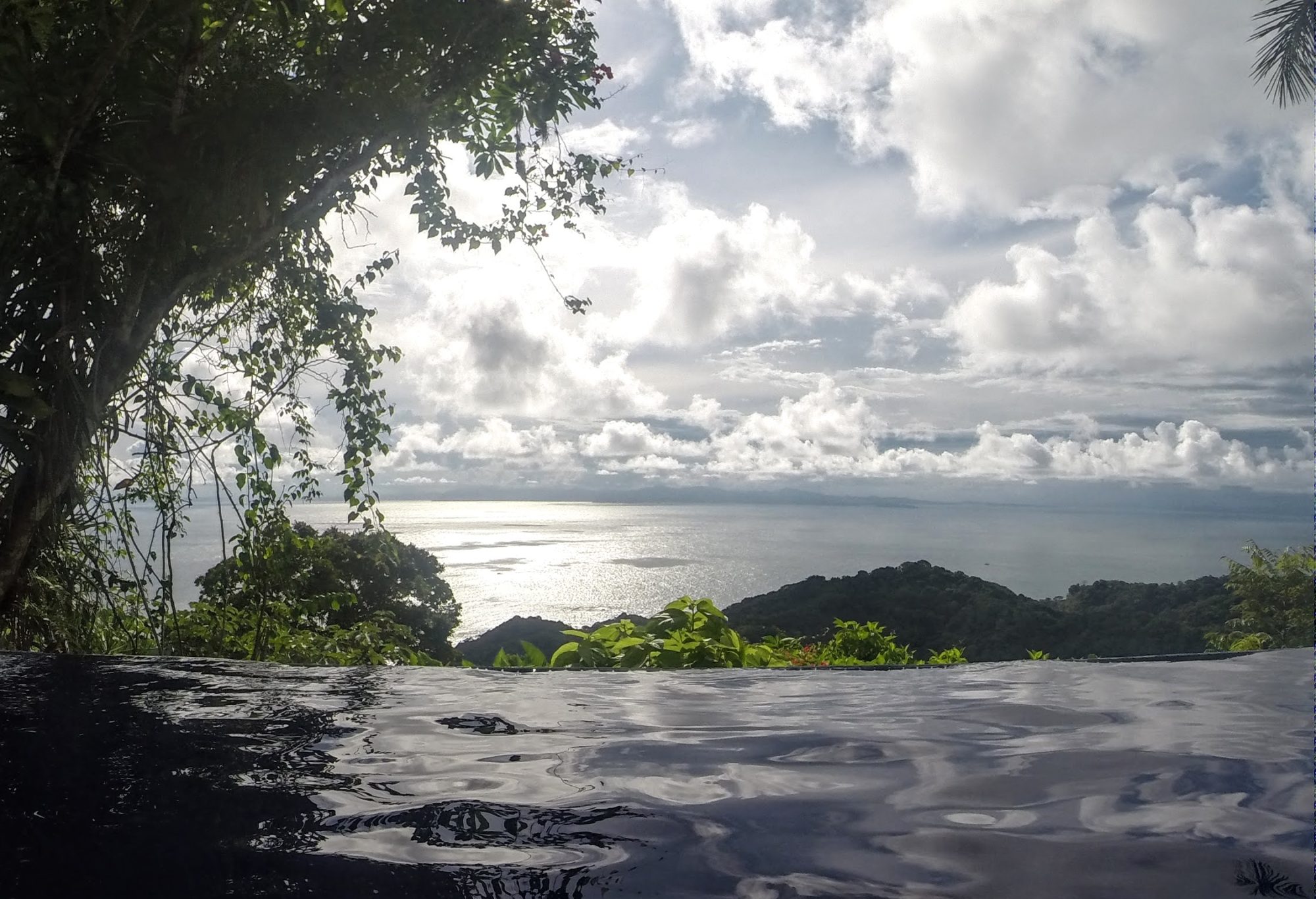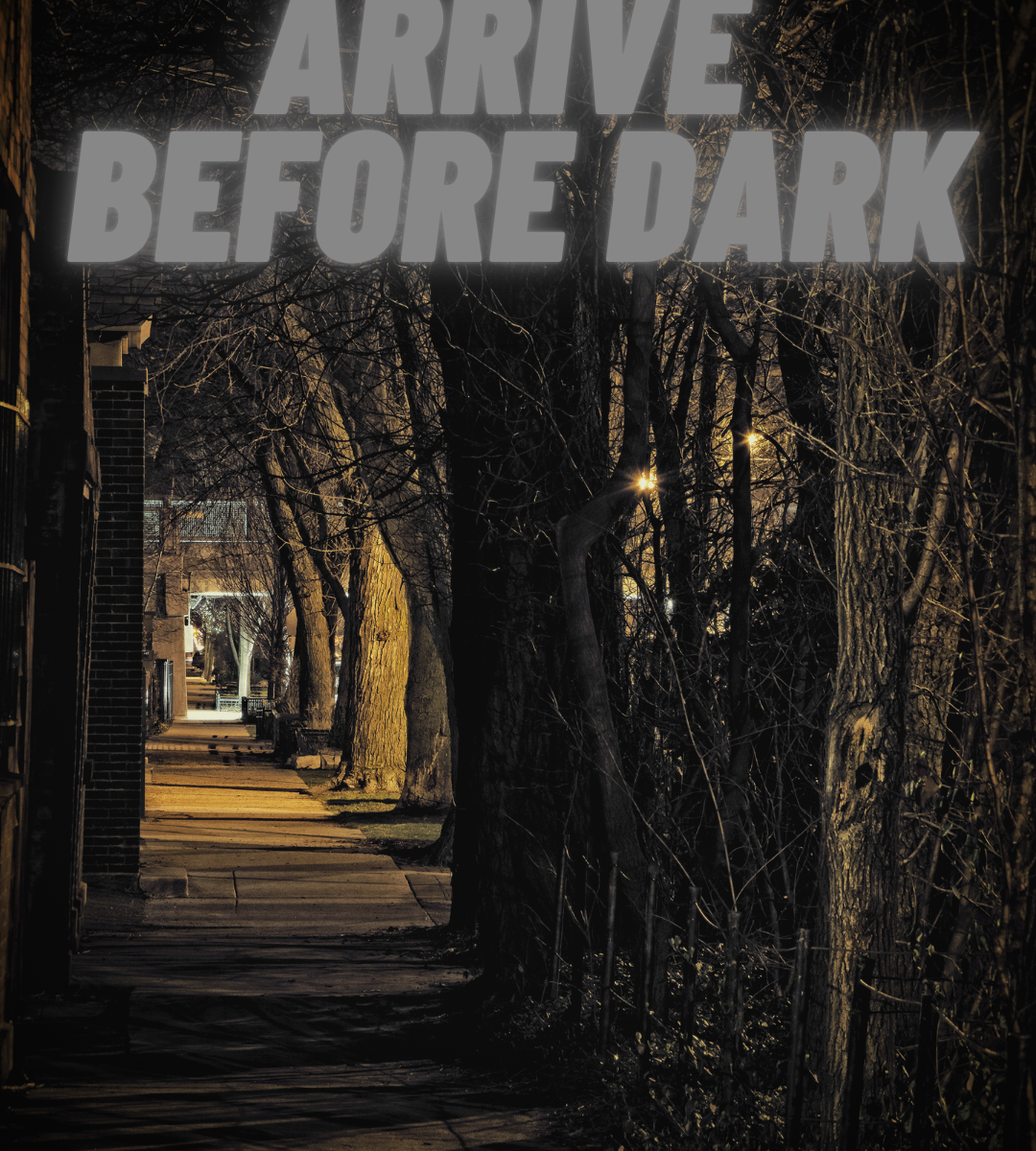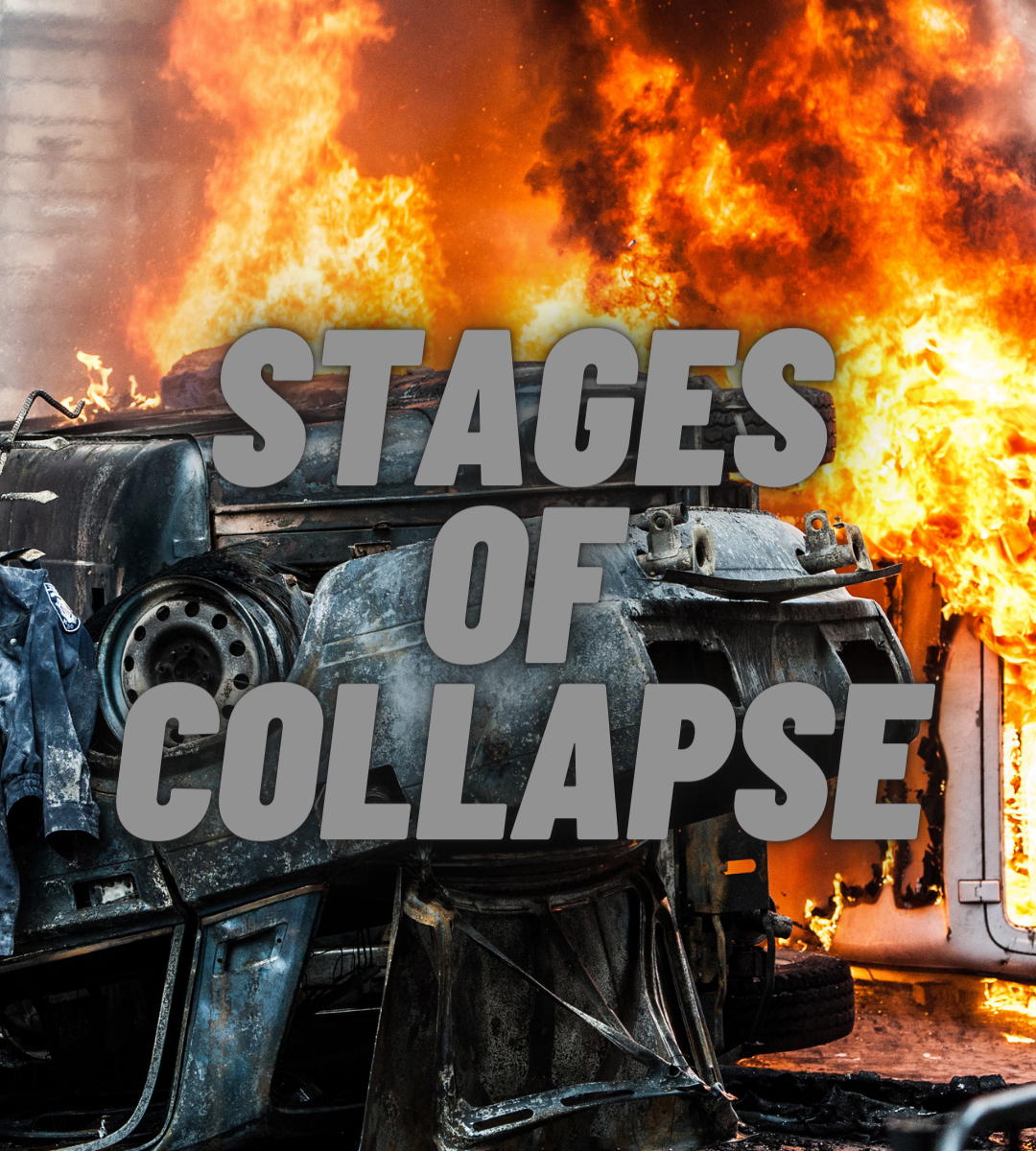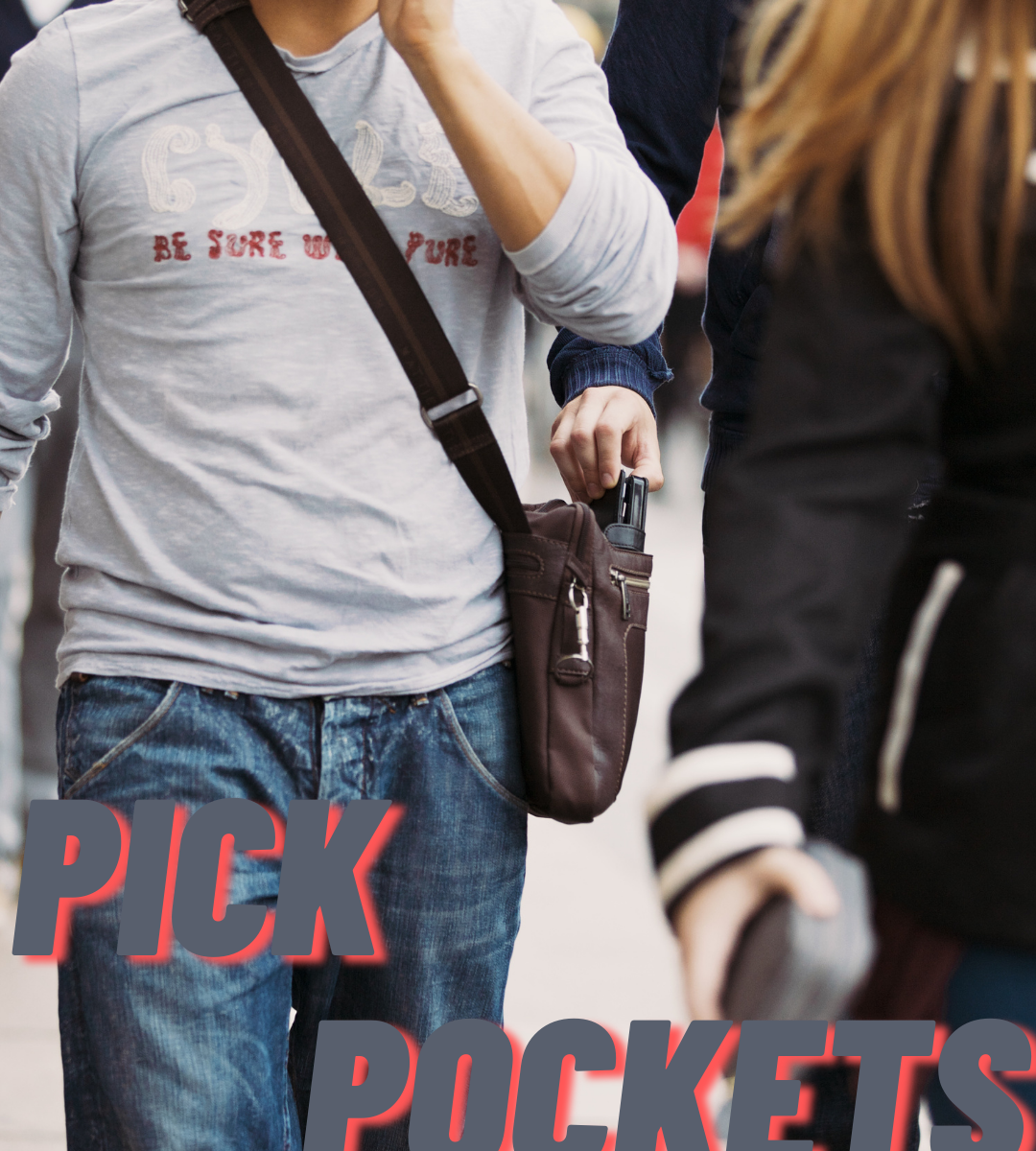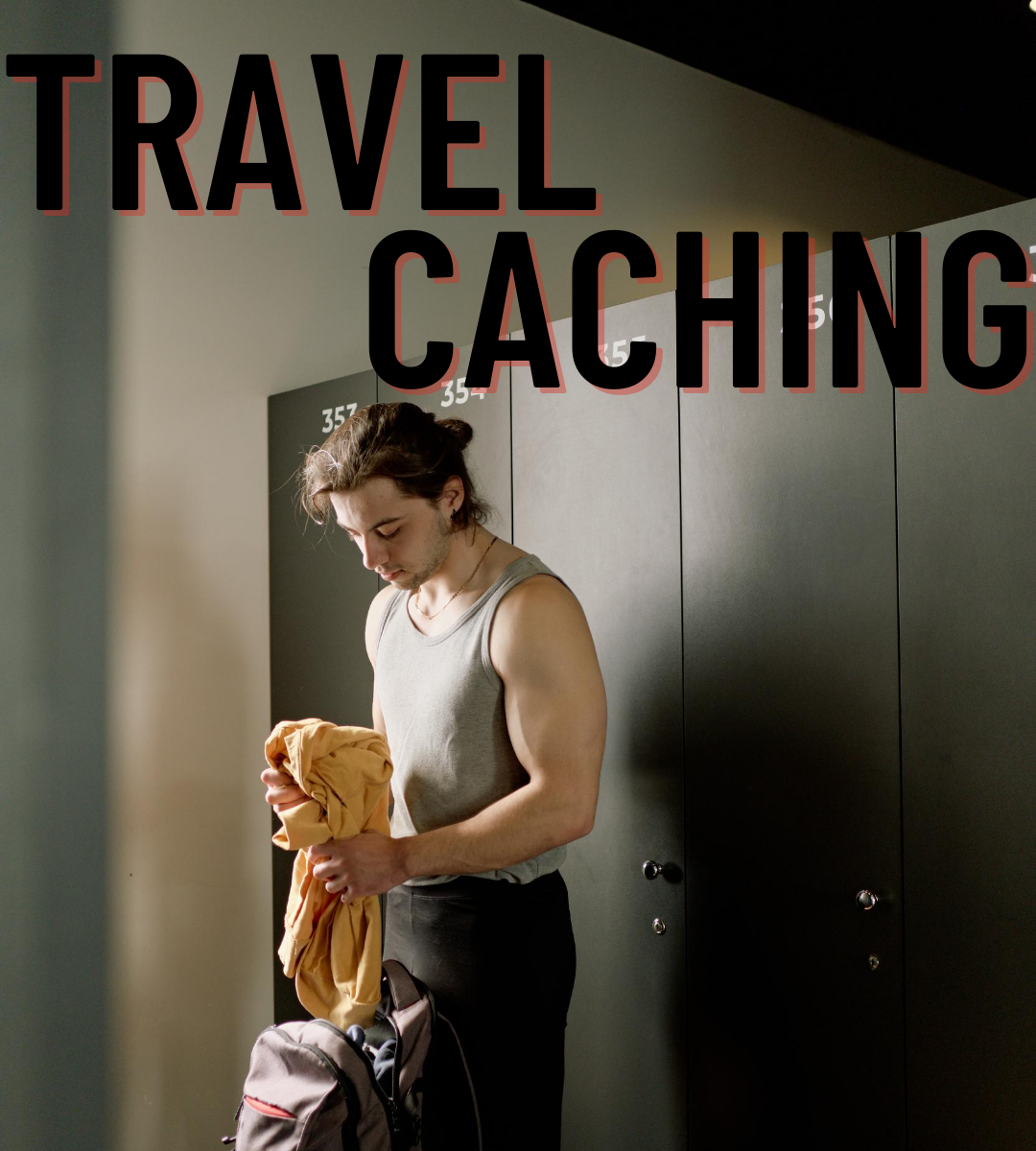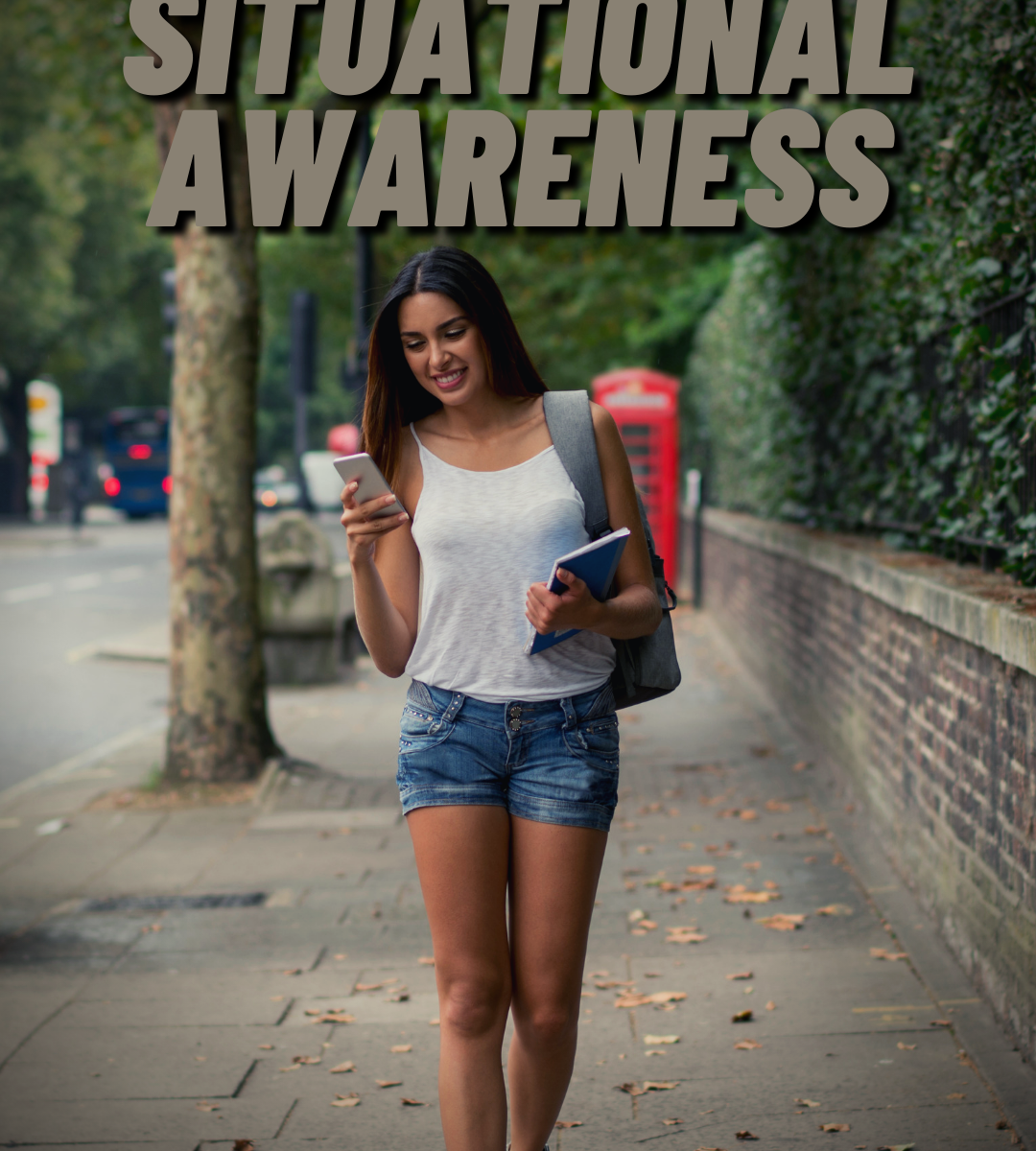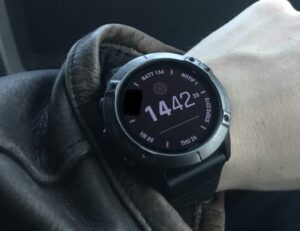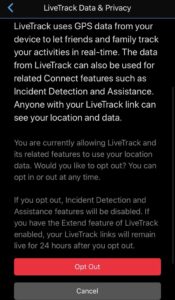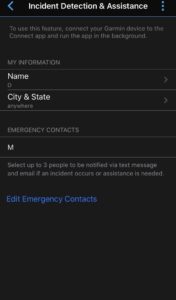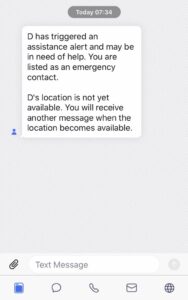When ever people first purposefully try to blend in they usual go over the top and end up standing out more than they did before. Not just with clothing but body language too when you try to hard at something you give off unconscious indicators that other people pick up on, body language starts to look unnatural.
This is because most posts and info I see on blending in or being the grayman seems to write it in a way that leads you to believe that dressing in this certain way makes you blend in everywhere. This is usually darker or natural colors, clothing without labels, and so on. We have all probably seen these people.
It all comes down to research and knowing your environment. As not every environment is the same one set of rules for dressing is not going to work. For example if your going to a football game dressed in a suit your likely to standout. Where as if you go dressed in a jersey your likely to blend in just fine provided its the correct jersey.
Now working within this understanding there is a place for clothing with out large logos or designs because it can make it harder for people to visually track you .
Blending in goes beyond just clothing, anything that could make you stand out form the baseline needs to be considered.
The Basics are
Jewelry
Most people wont think twice about wearing jewelry or even a nicer watch these days but when traveling it can make you a target for criminals. Depending on how nice the jewelry is this could get you pick pocket, mugged or make you a target for kidnapping if they think you are worth enough. Unless its absolutely necessary (it usually isn’t) I recommend leaving anything thats overly flashy at home or if you must take it with you don’t wear it when actually traveling.
Tattoos
In most of the USA tattoos are relatively common place. Not everyone has one but most wont think twice of seeing them provided they are not on your face. He rest of the world is a different story. They may not be common place and you could run the gambit from simply drawing minor attention from passers by from the novelty factor, to more harsh attention you don’t want to be on the receiving end of.
The type of tattoo is also something to consider, Among the top of the list for tattoos you should consider covering when traveling are military, religious, and patriotic tattoos. Depending on your country of origin and your destination this could easily get you either further questions at the airport, get you arrested for suspicion of being a spy, or targeted by criminals due to your religious affiliation.
If you need or want to cover them up
There are multiple ways to conceal tattoos. The method would depend on certain factors such as how closely you’ll be to the people your concealing them from, how long you’ll be that close, if you have to conceal them your whole trip or just for certain parts among others. So think it over before your on the plane.
The quickest method is wearing clothes that cover them, Depending on the tattoos location and your destination this may be adequate or completely uncomfortable (Long sleeves or pants in the tropics can be no fun).
Religious items
For the same reasons religious tattoos should be covered and jewelry should be left at home, religious items/and jewelry should be left at home as well. Unless from your research you know that its either accepted or not discriminated agains by majority of the population or government of your destination.
Hair and skin color
Skin color is pretty self explanatory as far as how it can make you stand out or blend in. So I am not going to go into to that because there is not a whole lot you can do about it anyway. Its one of the few factors that you cannot change and you will just have to roll with it and accept that some destinations you may stand out more.
Now just like skin color. Hair color can make you stand out, however with hair color there is a little more wiggle room as you can change it if you have to. When doing your research you will likely discover if your destination as a predominate hair color.
Cleanliness
Now I am not talking about letting your hygiene slide because you are traveling, but cleanliness when traveling in certain parts of the world can make you stand out. Traveling in areas that are less developed, or when adventure traveling and your out in more rural areas, cleanliness will quickly stand you out. Luckily this can easily be rectified.
Speech, accents, manners and behaviors
If your traveling to a country that speaks a different language I highly recommend learning the language or at least learning the basics. There are times that you want to play dumb and act like you don’t speak the language but we will cover that another time. Learning the language wont make you blend in necessarily but it sure will make you stand out less.
You probably were told as a kid to mind your manners……well looking around maybe not every one was. Either way, what your parents might not have know is that manners change depending on where you are.
For example if you are eating in Europe and pick of the for with your right hand, This is sign to every one you are probably from out of town and specifically American.
Do Your Research
As you can probably tell there is a lot to know when trying to blend in or rather not stand out while traveling and you should be doing a lot of research before you go especially when traveling abroad.
The more you can research the more you’ll know going in and less that will surprise you. The surprised look is a dead giveaway that your new to what ever your experiencing. Do your research, see what you can do to blend in and act like you’ve been there before.
